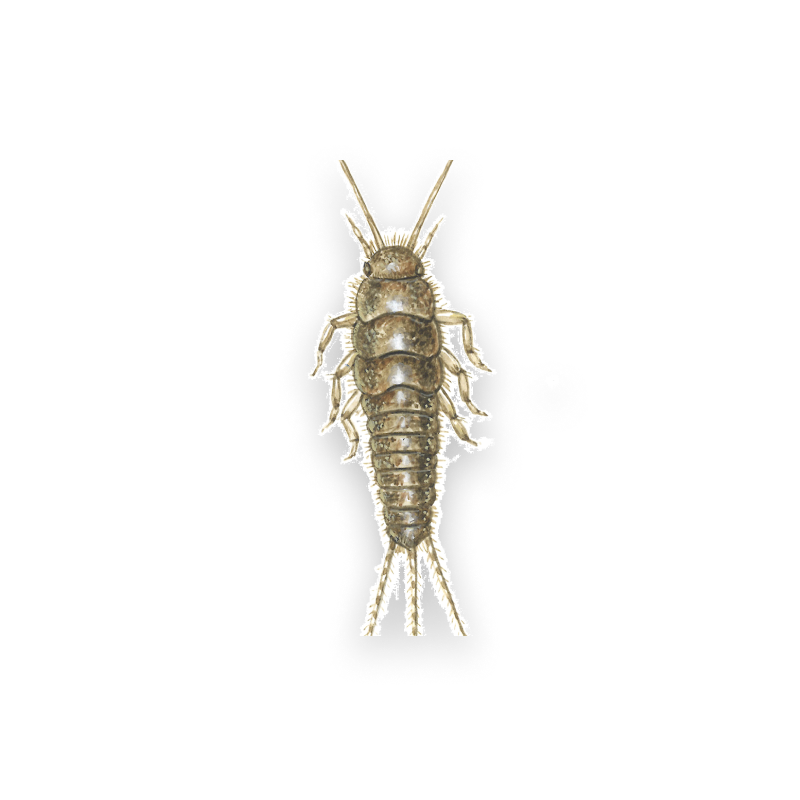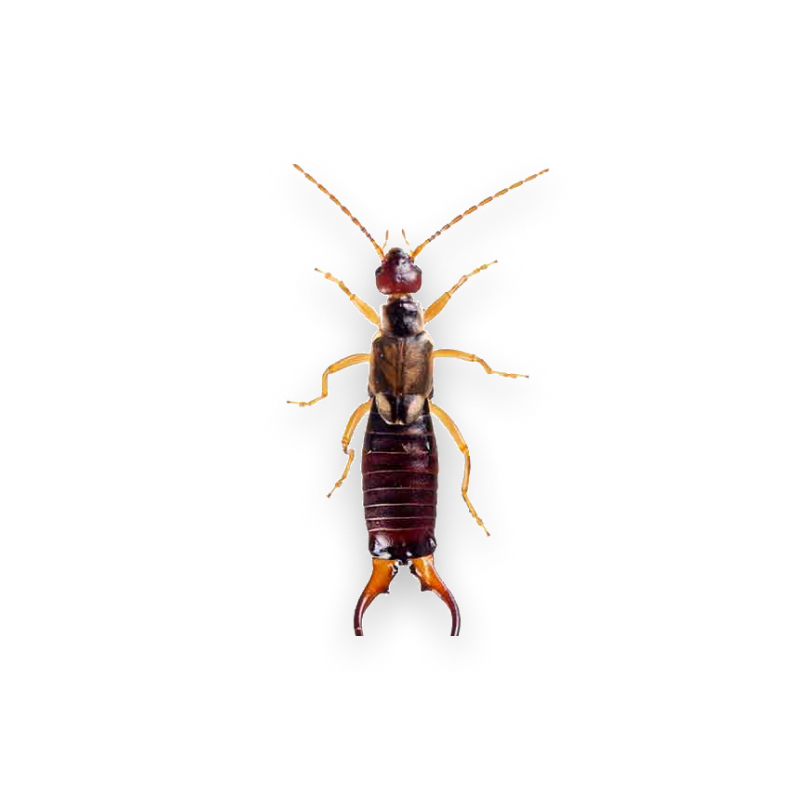Home > Crickets Pest Control
Crickets Pest Control
Crickets, though harmless, can become a nuisance when they invade homes, causing noise and damage. Our professional cricket control service ensures effective removal and lasting prevention, so you can reclaim your peace and quiet.
How to Identify Crickets Infestations in Your Home
Identifying a cricket infestation early can save you from persistent noise and potential damage. Here are common areas to check for cricket activity:
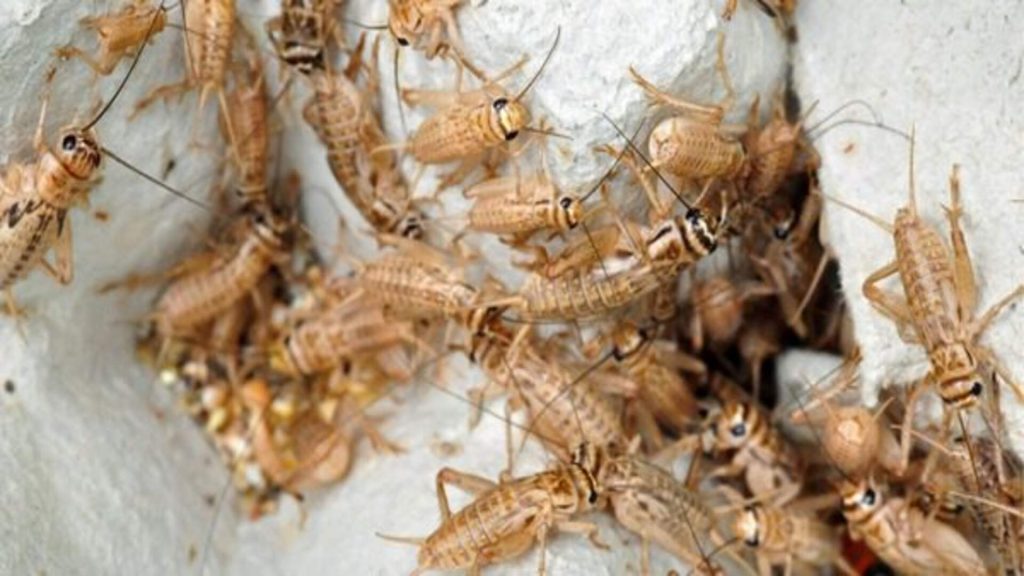
Basements & Crawl Spaces
Crickets often seek shelter in damp, dark areas. Look for chirping sounds and cricket droppings.
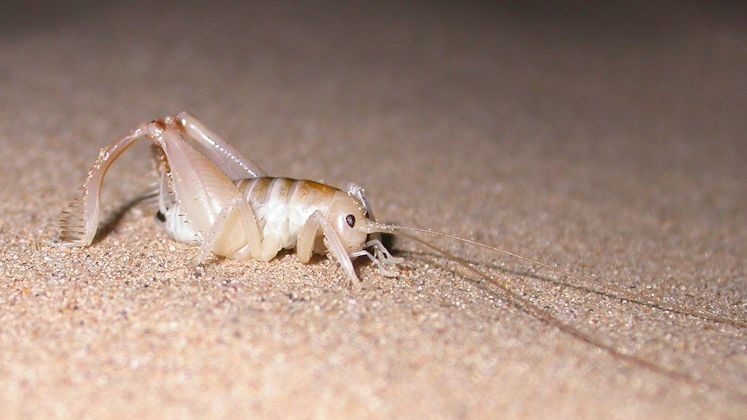
Kitchens & Bathrooms
They’re attracted to moisture and warmth. Crickets might hide behind appliances or in cabinets.

Under Furniture
Crickets sometimes hide under heavy furniture, which is dark and less disturbed.
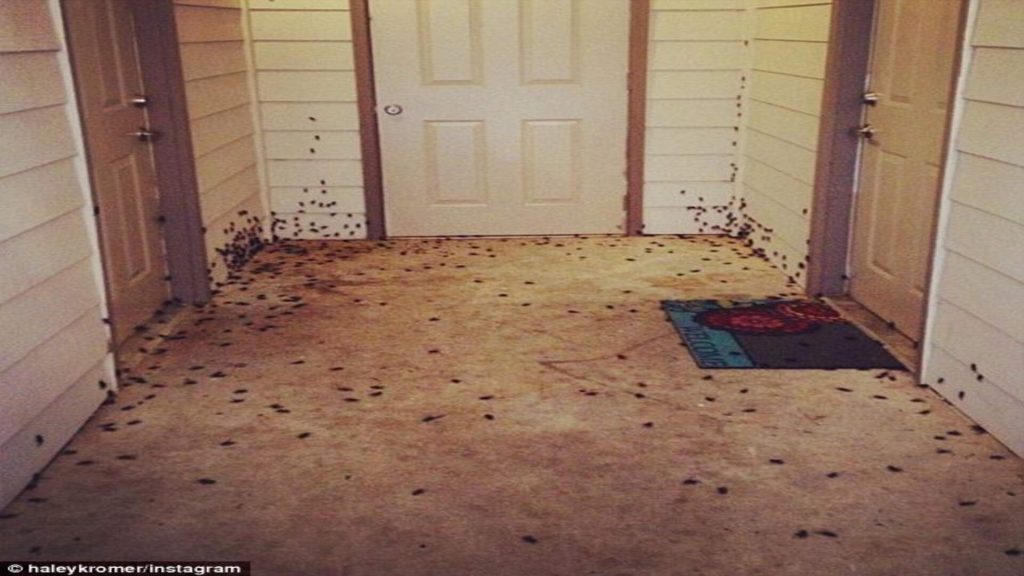
Near Doors & Windows
Cracks or gaps around doors and windows can allow crickets to enter your home.
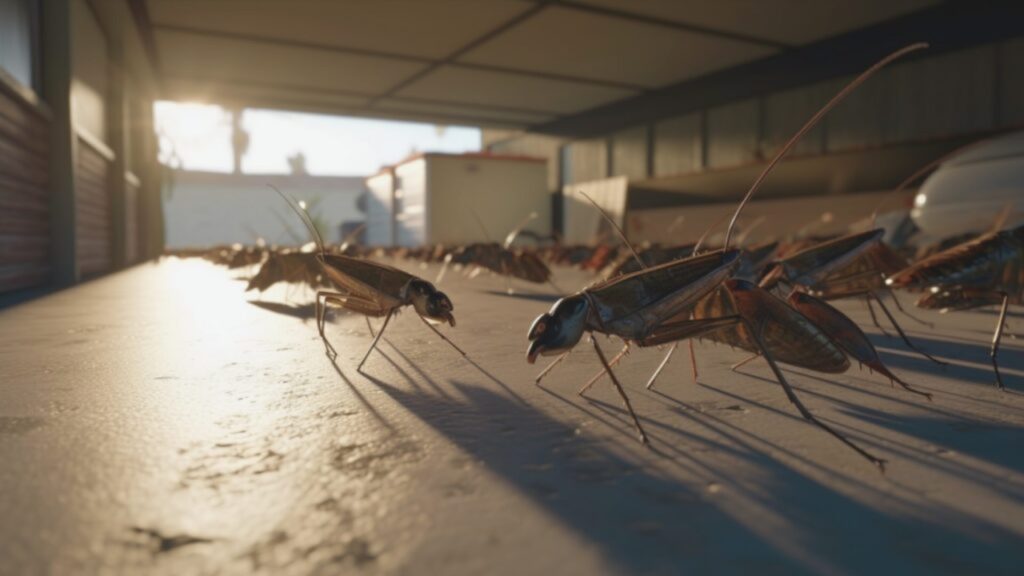
Garages & Sheds
They often congregate in cluttered spaces with boxes and stored items, which provide hiding spots.
Why Do Crickets Invade Homes?
Crickets invade homes searching for food, warmth, and shelter, particularly during cooler months. They are attracted to lights and can cause minor damage by chewing on fabrics, paper, and other household items.
Prevention Tips
- Seal cracks and gaps around doors and windows.
- Reduce moisture in basements, kitchens, and bathrooms.
- Keep outdoor lights off or use yellow lights, which are less attractive to crickets.
- Maintain a clutter-free home, especially in storage areas.
Related Pests
Similar to crickets, pests like roaches, silverfish, and earwigs can invade homes for food and shelter. Explore our Crickets DIY Guide for natural treatments.
How to Get Rid of Crickets
Getting rid of crickets requires a combination of preventative measures and targeted treatments. Here’s how you can effectively eliminate crickets from your home.
Common Treatments
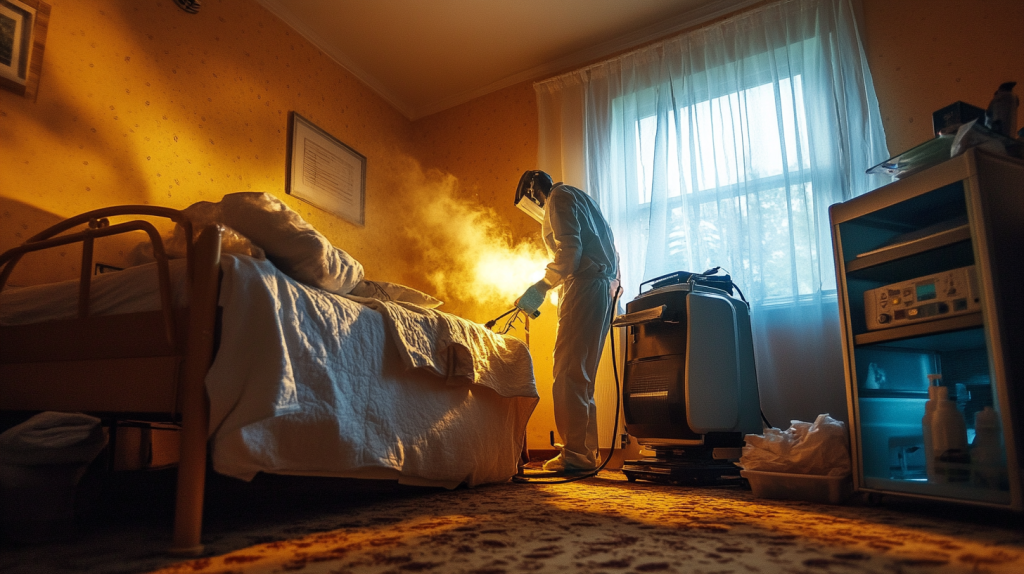
Professional Extermination
Engage a licensed exterminator for effective and long-lasting cricket control. Professionals use targeted insecticides to handle infestations safely and thoroughly.
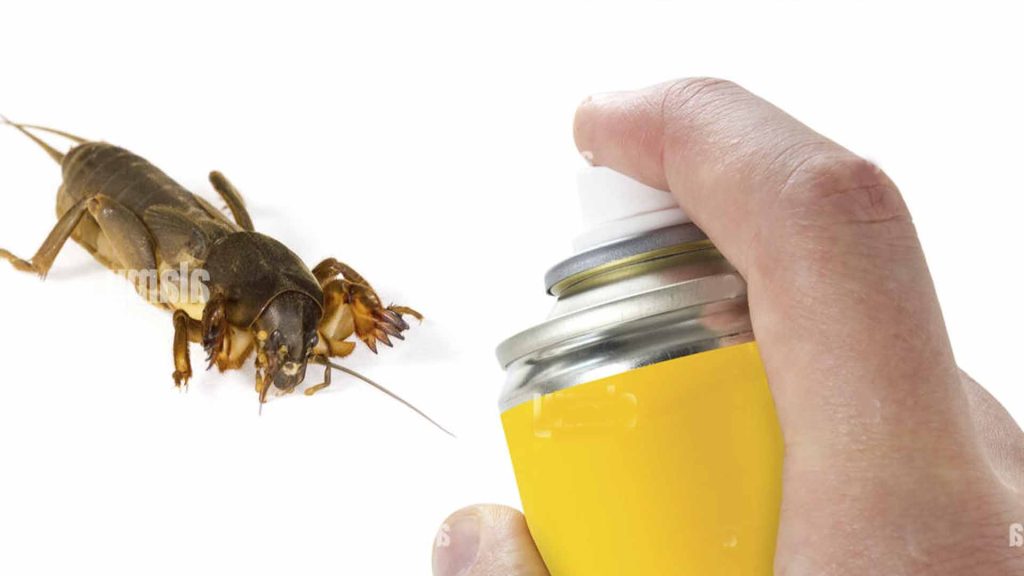
Insecticide Sprays
Apply insecticide sprays around entry points, cracks, and dark corners where crickets might hide. It’s essential to use products that are safe for indoor use and follow label instructions.
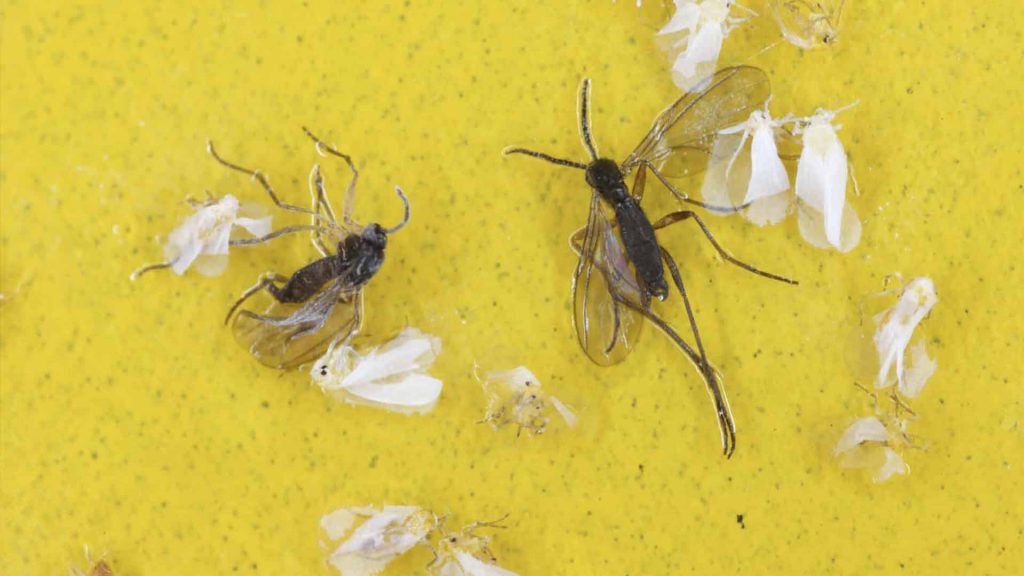
Glue Traps
Place sticky traps in areas where crickets are often spotted. Traps help catch crickets without using chemicals and are easy to dispose of once full.
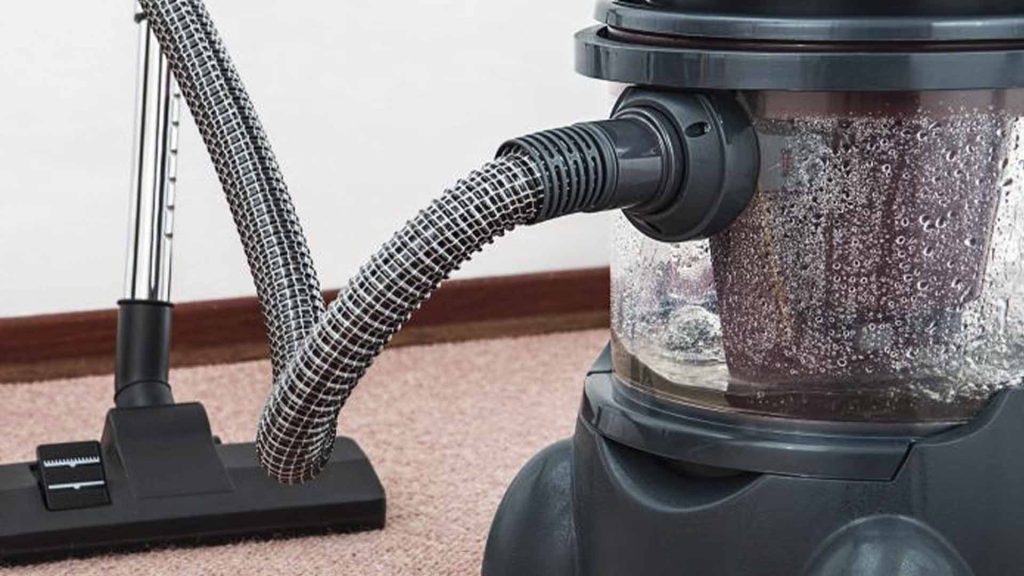
Vacuuming
A quick and non-toxic way to remove crickets in accessible areas. Regular vacuuming can help capture crickets and reduce their numbers.
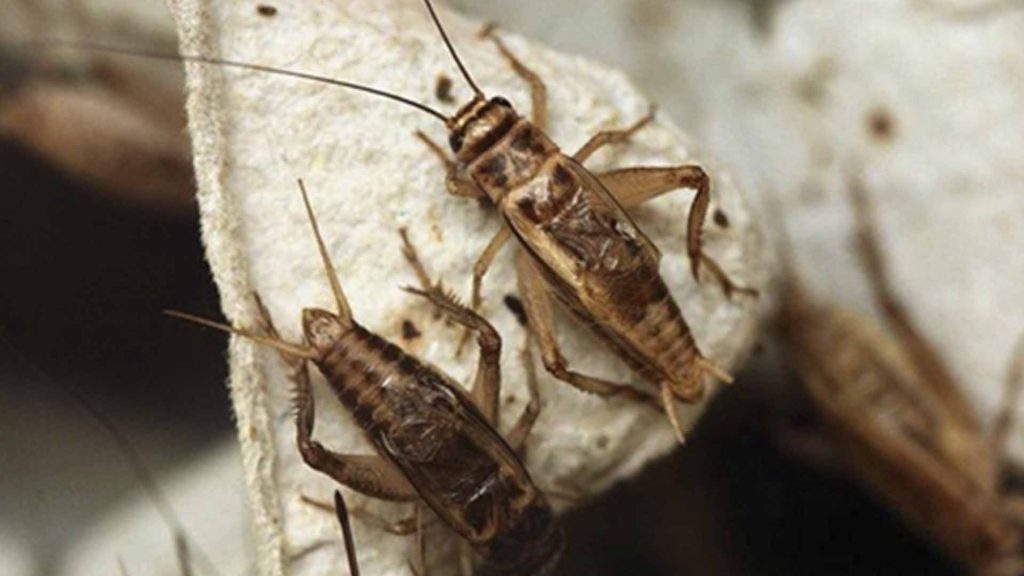
Diatomaceous Earth
Sprinkle food-grade diatomaceous earth around entry points. This natural powder dehydrates crickets on contact, making it an eco-friendly solution.
Every Crickets infestation is unique and can quickly spread, causing more damage over time. That’s why fast action is crucial. We offer same-day Crickets Pest Control services. Get Your Estimate or Call us at (888) 706-6384.
How Crickets Pest Control Works?
Our pest control experts inspect your property to locate cricket-hiding spots, such as cracks, basements, and outdoor areas. We assess the infestation level and identify the type of crickets to create a targeted and effective treatment plan.

We use safe and effective methods like residual sprays, baiting, and dusting to eliminate crickets from your property. Our treatments not only address the current infestation but also create a barrier to prevent crickets from returning.

To keep crickets away, we provide recommendations like sealing entry points, reducing moisture, and maintaining your yard. Follow-up visits, if needed, ensure your home remains free from crickets and their disruptive chirping.

OUR ADVANTAGES
Why Choose Our Crickets Control Services?
Our services are designed to offer the most effective and eco-friendly pest control solutions, keeping your home safe from crickets and other invaders.
Consider checking our comprehensive pest solutions for other pest issues, including Cockroaches, Silverfish, and Earwigs.
Need an estimate for cricket pest control? Our team is standing by, ready to help. Get A Risk Free Estimate
Certified Technicians
Our team is licensed and experienced in pest control
Eco-Friendly Solutions
Our team is licensed and experienced in pest control
Guaranteed Results
Our team is licensed and experienced in pest control
Our Customer Says

Pest Exterminators provided an excellent service to control rodents in my home. I was really worried about the mice infesting our kitchen and study, but these guys handled it like the professionals they are. I am also impressed by the aftercare they provide. You should definitely try pest exterminators if you are dealing with pest infestation.

We could not enter our yard due to bees infesting our yard. One of them stung my husband and then I knew I had to get pest control service. Pest exterminator team came the very next day and started treating our yard. The infestation is taken care of now and the consulting lady was communicating very well. You need to try Pest exterminators for your yard.

You would not believe how much of a nightmare the mosquitoes were for me. The annoying sound was one thing, but the constant fear of catching malaria or dengue haunted me. Pest exterminators are a blessing. They carefully treated my apartment and took care of everything. Honestly, I did not expect pest control to be this hassle-free.
Crickets - Frequently Asked Questions
What do crickets eat?
Crickets are omnivores that eat both plants and small insects. They commonly consume fruits, vegetables, seeds, and organic debris. Outdoors they help break down decaying plants, while indoors, they may nibble on fabrics, paper, or food crumbs. Learn more about crickets eating habits here.
Why do crickets chirp?
Male crickets chirp to attract mates and establish territory. They create the sound by rubbing their wings together, a process called stridulation. Each cricket species has a unique chirping pattern that helps females identify males of their species.
How long do crickets live?
Most crickets live 8 to 10 weeks, with their life cycle moving from egg to nymph to adult. Once they reach adulthood, crickets focus on reproduction and live only a few more weeks. Their lifespan can vary based on temperature, humidity, and food availability.
How do crickets make noise?
Crickets make their signature chirping sound by rubbing a ridged vein on one wing against a scraper on the other wing. This process, called stridulation, is unique to crickets and some other insects, allowing them to produce a distinct sound that varies in frequency and rhythm.
Why do crickets chirp at night?
Crickets are more active at night, as they are quieter, which allows their chirps to carry farther and attract mates. Nighttime also provides protection from predators, so crickets feel safer communicating. Cooler evening temperatures may also make crickets more active.
When do crickets cry?
Crickets don’t cry like humans, but their chirping can sound like a cry. They chirp to attract females, warn other males, or signal distress. This “crying” is simply their way of communicating and varies in pitch depending on their message.
What eats crickets?
Crickets are a food source for birds, frogs, spiders, lizards, and small mammals like mice. In nature, they play an essential role in the ecosystem by providing nutrition for these predators. Pet owners also feed crickets to reptiles and amphibians as a natural diet source.
Why do crickets make noise?
Crickets make noise mainly for communication. Male crickets chirp to attract females, establish territory, and sometimes signal danger. The unique sound is made by rubbing their wings together, with each species having a distinct chirp pattern for recognition.
What attracts crickets in the house?
Crickets are attracted to light, warmth, moisture, and food. They often enter homes through gaps around doors and windows, especially drawn to damp areas like basements and kitchens. Reducing clutter and sealing entry points can help prevent them from getting inside.

